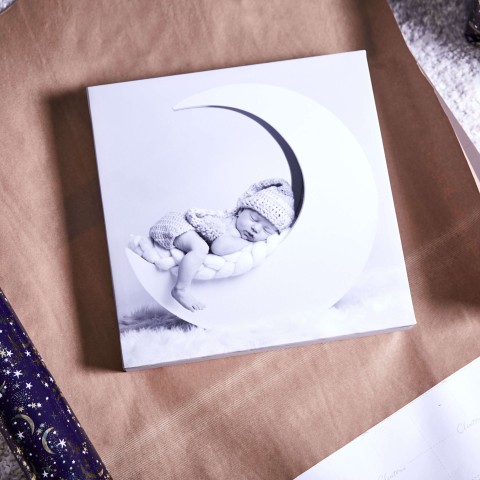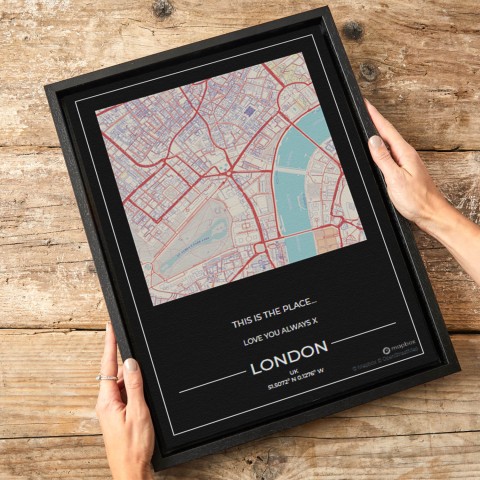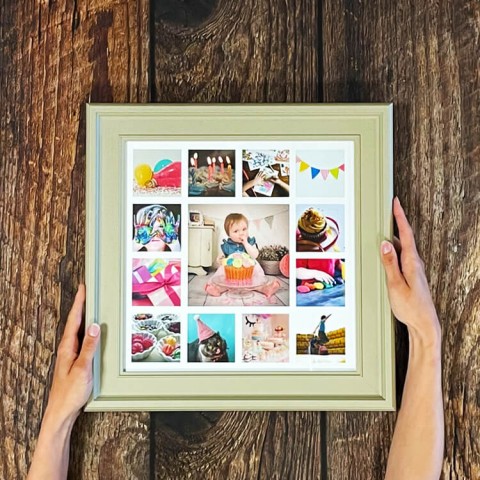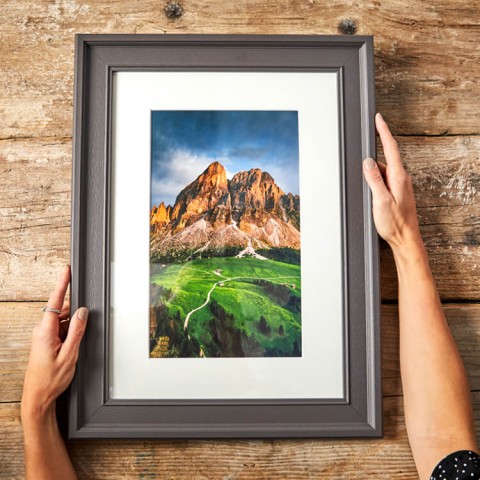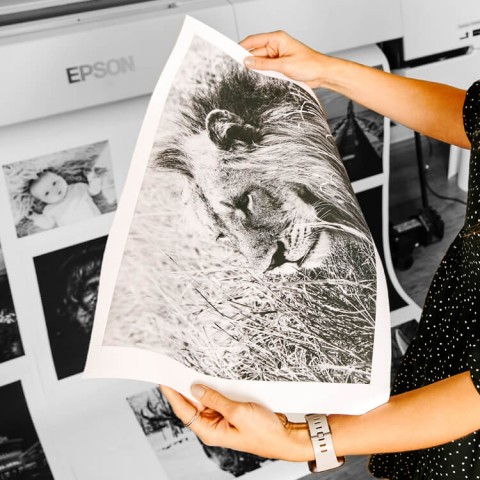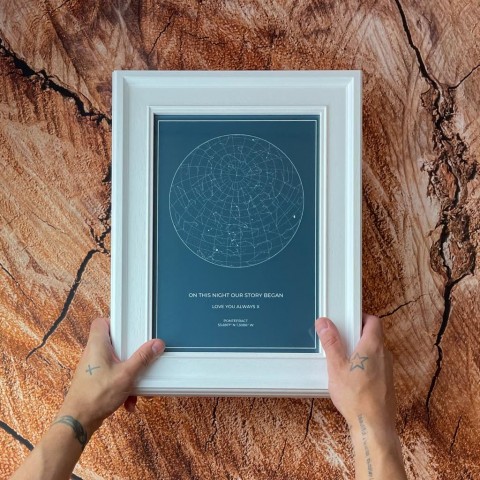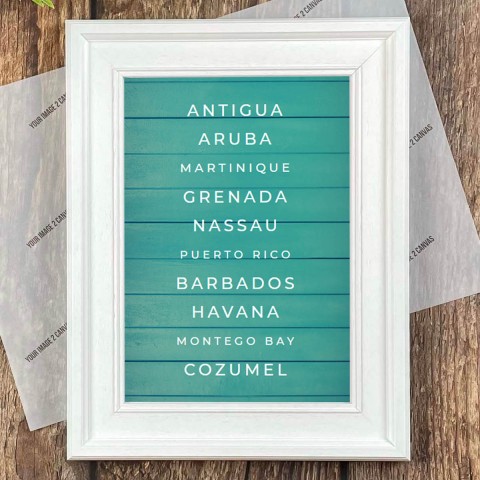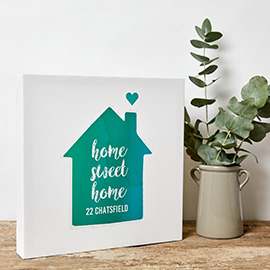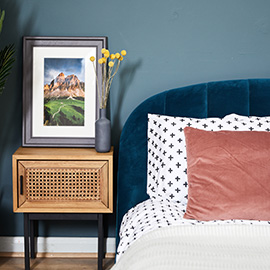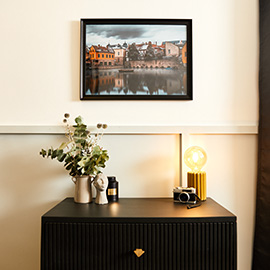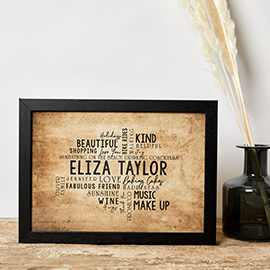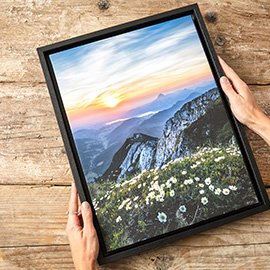Home Studio Photography - part III
Taking the next step in your home studio photography can be a daunting task. It can seem like such a leap from simple headshots using speedlights to big studio strobes, softboxes and backgrounds, but the principles are very much the same. We're doing everything we can in this comprehensive series to demystify this discipline so you can begin to produce canvases of professional quality in less time than it takes to say "Smile!"
Which softbox?
Last week we talked about why we recommend softboxes over umbrellas for studio work. This week we'll begin to look at the various options on the market. You could definitely be forgiven for being baffled by the various shapes, sizes and construction of softboxes available today. In the simplest of terms they all do the same job ─ soften and control the output of your light sources; but it definitely pays to make informed choices.
Umbrella boxes
Cheap, slightly limited, but very convenient, umbrella softboxes are constructed like a reflective brolly, but with a diffusion panel across the width of the arms. They're limited because the stem of the umbrella prevents you positioning them particularly close to your subject (nobody likes a metal rod in the eye!). It's possible, however, to shorten the stem with a hacksaw, which we do recommend as this improves this issue to some extent. Their greatest advantage comes if you're pushed for time or space because they're up and ready to shoot in the blink of an eye ─ just like a reflective or shoot through brolly.
It's now also possible to buy brolly softboxes that resemble traditional softboxes. We do not particularly recommend these because the entire top section of the light stand goes inside the softbox, severely limiting adjustment angles.
Traditional softboxes
Standard softboxes are far superior if you have the space and/or time to set them up. Because they're constructed with tensioning bars, a little like a tent, they require a degree of strength and technique to erect. Be warned, this isn't particularly easy until you get the knack of it, which is why pros tend to leave them open in a quiet corner of the studio once they've put them together! Once they're up though they're a joy to use. Assuming that you've bought the correct fit (Bowen s-fit or Elinchrom, depending on your studio lights), your strobes will slot neatly into the back of the box providing efficient and beautiful light.
In our next instalment we'll take a look at the various shapes of softbox and how you can use them to create great light.


